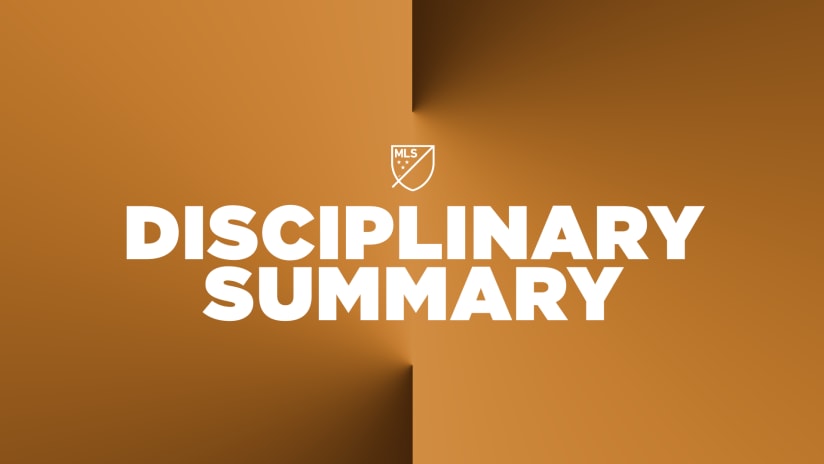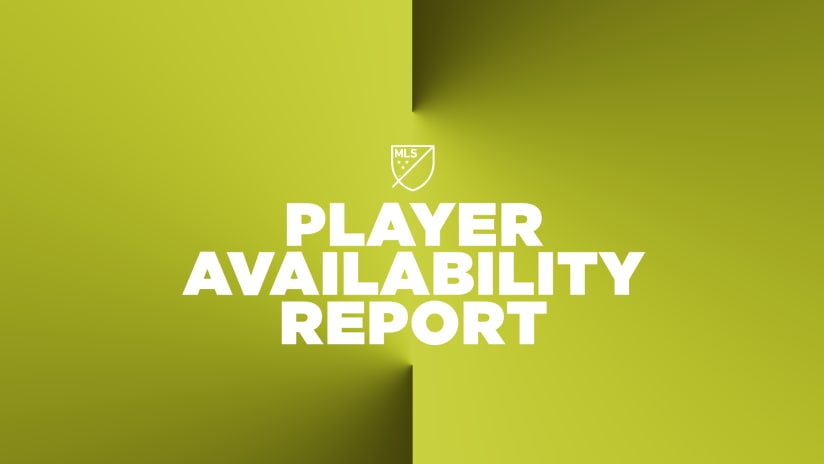ExtraTime Radio Podcast

LISTEN: So what's wrong with the Galaxy and can it be fixed quickly? That depends on who you ask. The guys take a look at ailing LA, give Cyle Larin the praise he deserves and then pour one out for the Union before wrapping up all the Week 8 action. After the break, it's (quarter of the way there) award season and some Doop insight from Kevin Kinkead. As always, the Hot-Take Hotline keeps the guys laughing.
On Monday's ExtraTime Radio we were kicking around ideas for MVP front-runners. The usual names like Diego Valeri and David Villa were kicked around, as was newcomer Miguel Almiron and high-scoring, ever-improving striker Cyle Larin.
The best player on the best team in the league, though? Kellyn Acosta. He's been the two-way central midfield lynchpin for unbeaten FC Dallas, coming up with timely goals and crucial defensive plays for a group that's balanced early-season CONCACAF Champions League disappointment with the pressure of defending their Supporters' Shield, all while integrating new faces (Cristian Colman, Hernan Grana, Roland Lamah, Javier Morales) and trying to make up for the lack of one in Mauro Diaz.
I'm not saying he should be the MVP. I'm just saying he's got an argument at this point.
He's also arguably the best example of a young, domestic central midfielder who's been put in a position to succeed in this league. But he's not the only one, and as a matter of fact is one of four 1995-born central midfielders who had strong weekends:
- Acosta helped lead Dallas to a 1-0 win over visiting Sporting KC
- Cristian Roldan was instrumental in Seattle's 3-0 win at LA
- Ian Harkes was arguably the best player on the pitch in D.C. United's 2-2 draw at New England
- Toronto FC played their best game of the year in Marky Delgado's season debut as a starter, stuffing Chicago3-1
All four of those guys are, as I said, from the same age cohort. Three of the four are Homegrown players (Delgado originally came through Chivas USA's academy, and Roldan was acquired through the SuperDraft). And all four of them are central midfielders.
Here's the part that's kicking around in my head: None of the four is really a No. 6, and none is a No. 10. All of them are various types of No. 8.
That's not to say they're all exactly the same type of player. Acosta is the best of the bunch at getting forward as a goalscorer while Harkes is the most creative passer. Delgado has insane range and stamina, and Roldan is probably the sharpest in terms of understanding defensive shape.
Still, though, they all play functionally the same role. And I'm trying to pick apart what that means.
• Are MLS academies more likely to develop hybrid midfielders than specialists?
Possibly! There's an argument that complete hybridization is the ultimate destination for this game of ours, and while I disagree with that I certainly don't disagree that young-ish players should have as many clubs in the bag as possible if they want to get on the field. Delgado and Acosta have both been used at fullback and wide midfield, and Roldan was a playmaker coming out of college. That's helped them all get minutes, which by definition is not a bad thing.
• Are MLS teams reluctant to play young or Homegrown players as No. 6s or No. 10s?
The answer at this point certainly seems to be "yes." There's yet to be a game-changing Homegrown No. 10 – Harry Shipp would be the closest, but he's on his third team now and has spent the majority of his time out wide anyway.
Now think about Homegrown attacking talent as a whole. They're all either forwards or wingers.
Things are a little bit better on the defensive midfield front because of the presence of Columbus captain Wil Trapp, who is in his fifth year as a starter and as Crew SC's backline shield. New England Homegrown Scott Caldwell has also played his share at d-mid but is now a shuttler in the diamond, and Victor Ulloa sees spot minutes as Carlos Gruezo's back-up for FC Dallas.
That's not a lot of data to go on, but there's hope for more with Tyler Adams seeming to have locked down a starting spot for RBNY, and US U-17 captain Chris Durkin expected to inch toward first-team minutes with D.C. United later this year. But even so, those are the only two Homegrown defensive midfielders signed, leaguewide, over the last two years.
And here's a thing: Trapp was born in January of 1993. Adams was born in February of 1999. Did MLS academies really go six years without producing a starting caliber defensive midfielder?
• Are US and Canadian soccer academies in general slow to identify specialist midfielders at young ages?
If that's the answer, it's important to understand this is not a new phenomenon. Kyle Beckerman was a box-to-box midfielder when he came into the league, as was Michael Bradley, as was Dax McCarty. You could argue that they grew into their current roles, but you could also argue that they should've been trusted in those roles in the first place.
As for domestic playmakers, there are four: Sacha Kljestan, Benny Feilhaber, Patrice Bernier and Lee Nguyen. All are over 30, and none was a starting No. 10 in MLS before their 27th birthday. It is, perhaps, likely that they lacked the requisite bells and whistles required to play such an important spot at a high level until they had matured as players, and it is, perhaps, likely that more developed youth-to-pros soccer cultures have been better at spotting young playmakers at an earlier age, and thus putting them into that role at an earlier age.
Those are "perhaps" musings, though. None is a definitive answer.
And none is a reason to disregard what the class of '95 No. 8s have been doing this year, and the last few. MLS academies are still in their relative infancy and that appears to mean the age of the domestic central midfield hybrid is upon us. It may not be entirely explicable why it's that spot and not one of the others, but at this point it doesn't have to be.













